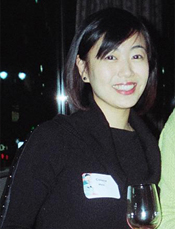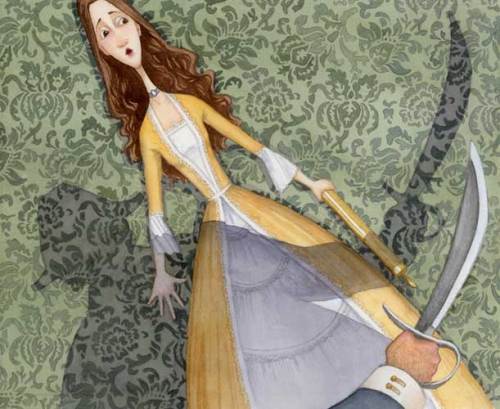 When setting up the workshops for the 2012 June Summer Conference, I wanted to ask Connie Hsu to share some of her vast knowledge with the attendees. Knowing that she is drawn to books that include illustrations, we talked about doing a workshop that focused on that aspect and “How to Pitch and Submit Illustrated Projects” was born.
When setting up the workshops for the 2012 June Summer Conference, I wanted to ask Connie Hsu to share some of her vast knowledge with the attendees. Knowing that she is drawn to books that include illustrations, we talked about doing a workshop that focused on that aspect and “How to Pitch and Submit Illustrated Projects” was born.
Diana Patton offered to take notes and write an article that I could share with you. Here is what Diana wrote:
Connie Hsu, editor at Little, Brown Books for Young Readers, says that her talk was inspired by meeting with artists and seeing what works. She first talked about what a children’s book illustrator must show in their portfolio. It’s imperative that it reflects your interest in children’s books, no extraneous works, please. Unlike some art directors, who prefer to see only one (or at best, two) styles, Connie would like to see:
1. Your range of styles, in a variety of mediums.
2. Full color and in black and white.
3. Both animal and human forms, and animals anthropomorphized.
4. Work that reflects your ability to convey sequential story-telling. Each piece should tell a story, have narrative content. Your illustrations should hint at the greater story behind it. There can be (several) layers of meaning in one picture.
5. Picture book work and illustrations suitable for MG and YA.
6. Include literary and commercial pieces.
7. Make sure you show your ability to draw the same character over and over again using different body language and facial expressions.

Here is an illustration by Sandra Salsbury that I (kathy) think is a good example of what Connie is talking about when she says to use body language, facial expression and providing narrative content. Sandra was featured on Illustrator Saturday. Here is the link: http://kathytemean.wordpress.com/2012/03/24/illustrator-saturday-sandra-salsbury/
Connie feels that showing a range in styles and mediums broadens your opportunities, as does including illustrations that show your ability to age your art style for different age groups. For example, you might include cover images for two popular books. Including both a literary and a more commercial style will help find a place for your work.
You want to convey the personality of the character(s) in your portfolio, in body language as well as facial expression. Including black and white samples is useful because that is often used in middle grade and even YA books. You might also take an old fairy tale or folk tale and illustrate it in a new way, your way, exhibiting what you do best.
As for submitting stories to Connie Hsu, you’ll want to mail the full manuscript in Word format, and include your full-length sketch dummy, whether 32 or 40 pages long, with text. You’ll also want to include a finished color sample for the story. Connie loves graphic novels but feels that the bookstores often don’t know how to shelve them. In submitting a graphic novel, submit the fully formed synopsis with the story arc, characters, and plot. If possible write out all the text. Complete about a three to five panel sketch page and convert it to a PDF. Also, complete a full chapter with finished art.
Connie also gave hints for your websi



Wow, Diana! This is great! You took such thorough notes, it feels like you had a recording device! Thank you for doing this, and thanks, Kathy
Thank you for doing this, and thanks, Kathy 
Great advice. The picture conveys a lot of emotions to me — anger, fear, death.
Thanks for using one of my illustrations! I was reading this post late last night and for a moment there, I thought I had completely lost my mind.
Sandra,
I just love that illustration. I thought it was a great fit and a way to remind people of you and your work.
Kathy
Rick,
It does to me, too.
Kathy
Nicely done!
Margaret,
Hope you can use some of the information.
Kathy